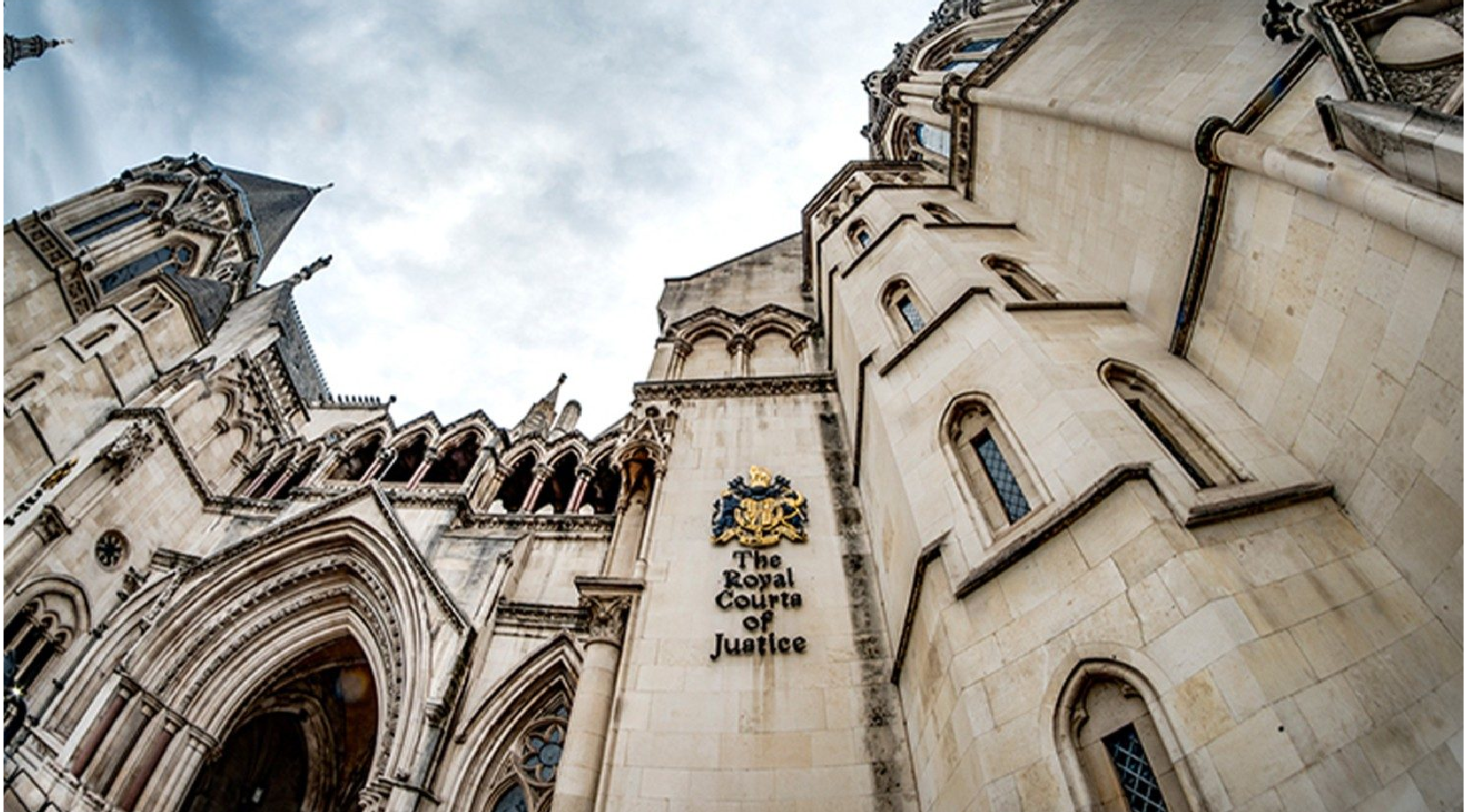(ZENIT News / London, 18.07.2024).- The civil trial, in the United Kingdom’s High Court of Justice, on the sale of a Sloane Avenue building in London, reached its conclusion on Thursday, July 18, after almost a month of hearings. This case, which confronts the Holy See’s Secretariat of State and financier Raffaele Mincione, has attracted attention given the contradictory statements of both sides on the legitimacy of the transaction.
One side of the process reiterates that “there was no good faith” in the other’s actions, whereas Mincione holds that “there was no fraud” in the operation. This litigation began in 2020, when Mincione filed a lawsuit seeking legal validations, which would prove his “good faith” in the building’s sale at the end of 2018. During the trial, one of the key witnesses was Monsignor Edgar Peña Parra, Substitute of the Vatican’s Secretariat of State, who gave details about the complex business.
The lawyers on both sides presented their final memorandums. Mincione’s legal team, headed by Charles Samek, presented a 115-page document in which they defend the legitimacy of their client. They admitted that MIncione has a peculiar style, describing him as “a buccaneer type,” but they refuted the accusations of fraud, arguing that the Secretariat of State only realized the possible irregularities after reviewing Swiss court documents.
Samek and his team also criticized Monsignor Peña Parra’s implication in the final negotiations, suggesting that he was directly involved in the payment of 15 million euros to Gianluigi Torzi to resolve contractual relations. They assured that the invoices issued to Credit Suisse, for services not provided, were considered “false” by them, whereas Monsignor Peña Parra justified them as the result of extortion.
On the other hand, Charles Hollander, the Secretariat of State’s lawyer, presented a 109-page memorandum focused on the allegation that the building was purchased at an inflated price. Hollander described how the property, acquired by Mincione in 2012 for 129 million pounds, was offered to the Holy See for a much greater value, which they suggest was a misleading overvaluation.
The document details how Mincione’s and Torzi’s financial interests were “closely intertwined” and that both needed money urgently due to agreements related to Banca Carige. The lawyers of the Vatican Secretariat of State described the criticisms levelled against Monsignor Pena Parra as “unfounded” and pointed out that Mincione’s real intention for initiating this legal procedure was to counteract the media and judicial pressure stemming from the Vatican investigations.
The beginning of Mincione’s lawsuit coincided with Torzi’s arrest in the Vatican, suggesting that the implicated sought to pressure the Vatican’s Promoter of Justice. Mincione was convicted in the first instance of embezzlement and other crimes, but absolved of aggravated fraud and embezzlement in relation to the sale of the building. The sentence has yet to be published, but the Promoter of Justice has already indicated his intention to appeal.
The United Kingdom’s High Court of Justice will issue its verdict in the autumn.



